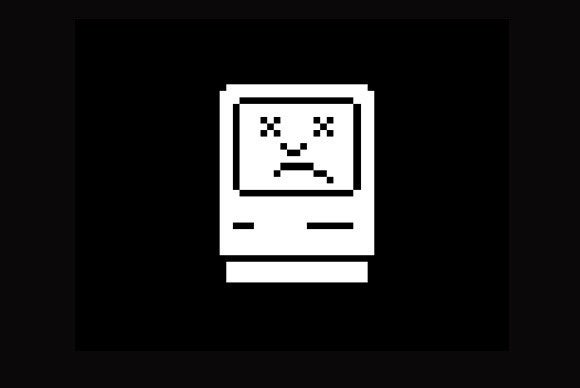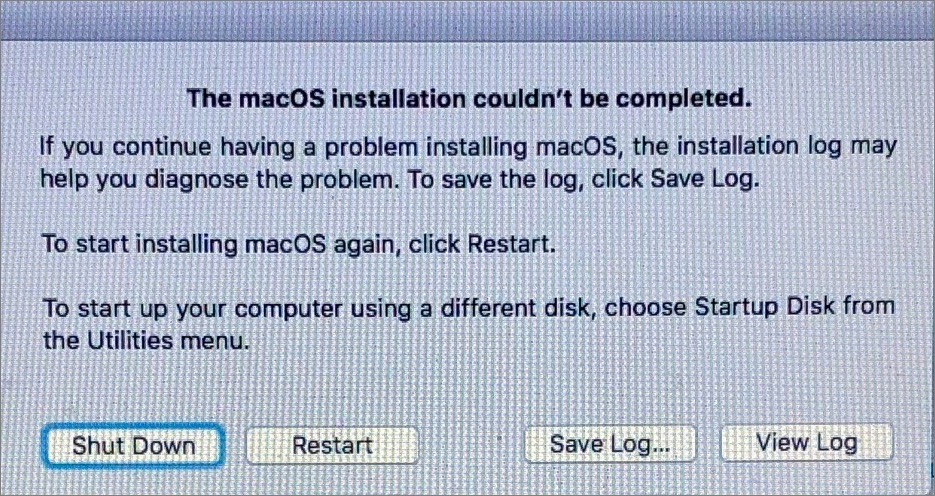Lesson 12: Troubleshooting Common Problems
/en/osxbasics/working-with-flash-drives/content/
Keynote is a versatile and powerful application that enables you to create original slide show presentations by using intuitive tools and beautiful effects. Keynote can be purchased, downloaded and installed via the Mac App Store for $19.99. In this topic, we share the direct download links to get for FREE iWork 2018 (Keynote 8.0.1, Pages 7.0.1 and Numbers 5.0.1 are selectable to download without Apple Store). Paid Plugins are shared to download for FREE at the end of the article. Keynote dmg apple keynote 8 1 for mac. 8/10 (29 votes) - Download Keynote Mac Free. Create very well-cared and appealing presentations to show off your work and share them with your devices with Keynote, iWork's tool for such purpose. Among the tools included in iWork we can find Keynote, the software you need to create presentations. Download Keynote for macOS 10.14 or later and enjoy it on your Mac. Easily create gorgeous presentations with Keynote, featuring powerful yet easy-to-use tools and dazzling effects that will make you a very hard act to follow.
Introduction

How To Troubleshoot Your Mac! Tpu 66a install manual. Troubleshooting a Mac is different from troubleshooting a PC, but not all that different. Use your Mac's built-in startup optio.
Do you know what to do if your screen goes blank? What if you can't seem to close an application—or can't hear any sound from your speakers? Whenever you have a problem with your computer, don't panic! There are several basic troubleshooting techniques you can use to fix issues like this. In this lesson, we'll show you some simple things to try when troubleshooting, as well as how to solve common problems you may encounter.
Basic troubleshooting techniques
There are several things that could cause a problem with your computer. No matter what's causing the issue, troubleshooting will always be a process of trial and error—in some cases, you may need to try several approaches before finding a solution; other problems may be easy to fix. As you gain more experience with troubleshooting, you'll start to learn more about what causes common problems and how to fix them. No matter what you're trying to solve, we recommend starting by using the following tips.
On your Mac, choose Apple menu Restart, then press and hold the D key while your Mac restarts. Keep holding the D key until the screen listing different languages appears. Solution: Using a FireWire or Thunderbolt cable, connect one end to the Mac that needs to have data recovered (Mac A) and the other end to the Mac that will be used to store the recovered data (Mac.
- Write down your steps. Once you start troubleshooting, you may want to write down each step you take. This way, you'll be able to remember exactly what you've done and can avoid repeating the same mistakes. If you end up asking others for help, it will be much easier if they know exactly what you've tried already.
- Take notes about error messages. If your computer gives you an error message, be sure to write down as much information as possible. You may be able to use this information later to find out if other people are having the same error.
- Always check the cables. If you're having trouble with a specific piece of computer hardware, such as your monitor or keyboard, an easy first step is to check all related cables to make sure they're properly connected.
- Restart the computer. When all else fails, one of the best things to try is simply restarting the computer. This can solve a lot of basic issues you may experience.
Troubleshooting specific problems
Now that you know a few troubleshooting techniques, we'll talk about possible solutions for some of the most basic problems you may encounter. Roll no 21 games free for pc.
Problem: An application is running slowly
- Solution 1: Quit and reopen the application.
- Solution 2: Update the application. To do this, open the App Store and click the Updates tab. If an update is available for the application, it will be listed here.
Problem: An application is frozen
Sometimes an application may become stuck, or frozen. When this happens, you won't be able to close the window or click any buttons within the application.
- Solution 1: Force quit the application. If a program has become completely unresponsive, you can press (and hold) Command+Option+Esc (the Command, Option, and Escape keys) on your keyboard to open the Force Quit Applications dialog box. You can then select the unresponsive application and click Force Quit to end it.
- Solution 2: Restart the computer. If you are unable to force quit an application, restarting your computer will close all open apps.
Problem: The computer is frozen
Sometimes your computer may become completely unresponsive. When this happens, you won't be able to click anywhere on the screen, open or close applications, or access Shut Down options.
- Solution 1: Restart Finder. To do this, press and hold Command+Option+Escon your keyboard to open the Force Quit Applications dialog box. Next, locate and select Finder, then click Relaunch.
- Solution 2: Press and hold the Power button for 5 to 10 seconds to force the computer to shut down.
- Solution 3: If the computer still won't shut down, unplug the power cable from the electrical outlet. If you're using a laptop, you may be able to remove the battery to force the computer to turn off. Note: This solution should be your last resort after trying the other suggestions above.
Problem: The mouse/keyboard has stopped working
- Solution 1: If you're using a wired mouse or keyboard, make sure it's correctly plugged in to the computer.
- Solution 2: If you're using a wireless mouse or keyboard, make sure it is turned on and that its batteries are charged.

Problem: The screen is blank
- Solution 1: The computer may just be in Sleep mode. Simply click the mouse or press any key on the keyboard to wake it.
- Solution 2: Make sure the monitor is plugged in and turned on.
- Solution 3: Make sure the computer is plugged in and turned on.
- Solution 4: If you're using a desktop, make sure the monitor cable is properly connected to the computer tower and monitor.

Problem: There's no sound on the computer
- Solution 1: Check the volume level. Use the volume-control buttons on your keyboard to make sure the sound is turned up.
- Solution 2: Check the audio player controls. Many audio and video players will have their own separate audio controls. Make sure the sound is turned on and the volume is up in the player.
- Solution 3: Check the cables. Make sure external speakers are plugged in, turned on, and connected to the correct audio port or a USB port. If your computer has color-coded ports, the audio output port will usually be green.
- Solution 4: Connect headphones to the computer and see if you can hear sound from the headphones.
Mac Os X Troubleshooting How To Real Solutions For Mac Osx
/en/osxbasics/creating-smart-playlists-in-itunes/content/
